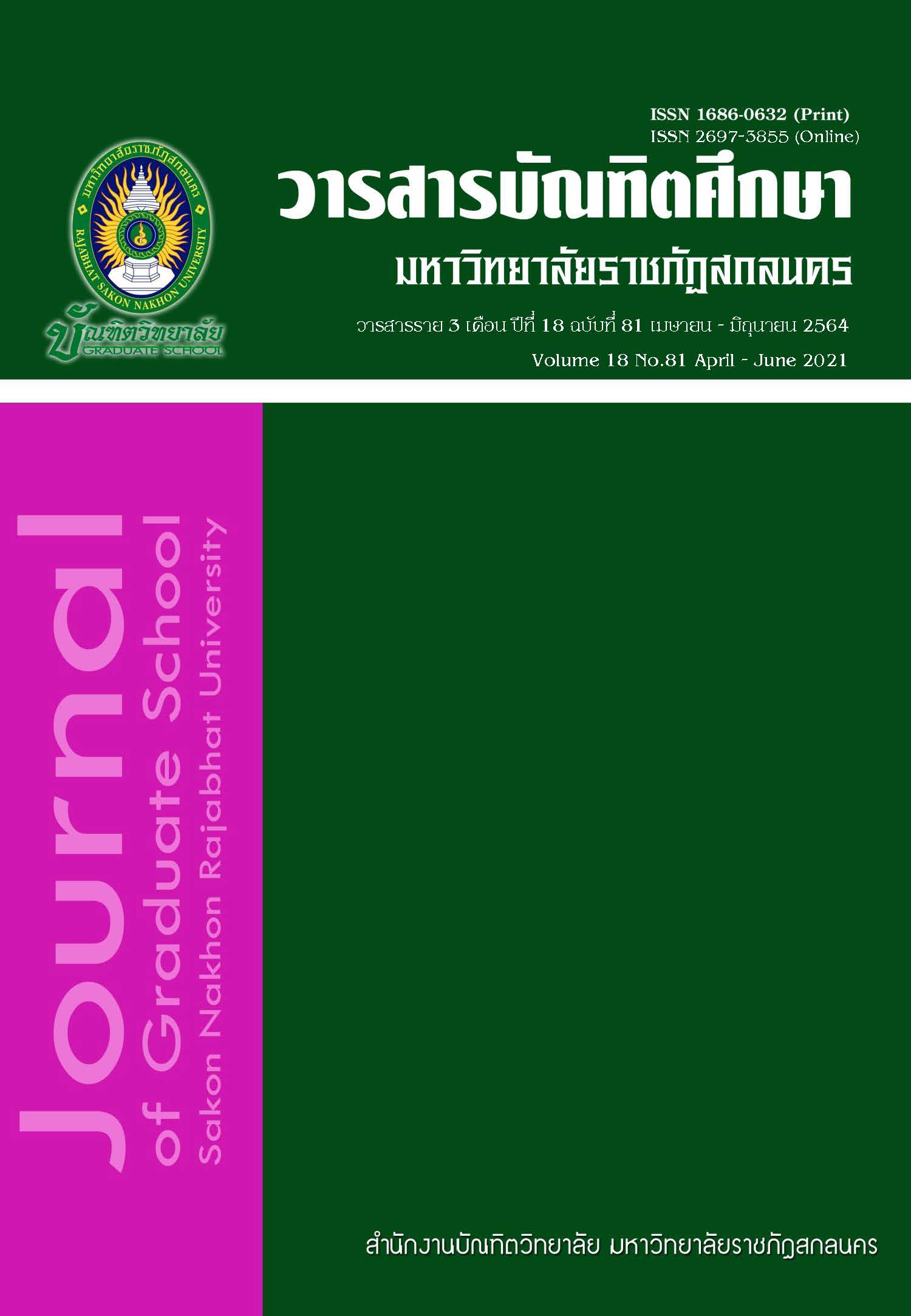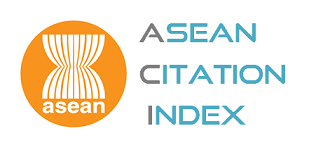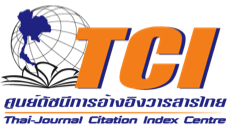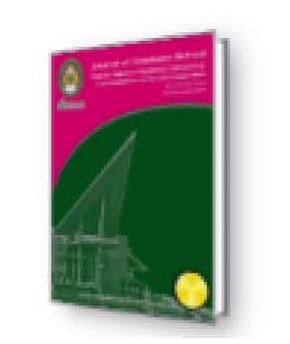ผลสัมฤทธิ์ทางการเรียน และความคิดเห็นต่อการจัดการเรียนรู้แบบห้องเรียนกลับด้านของนักศึกษาพยาบาลศาสตร์ชั้นปีที่ 1
Keywords:
Flipped Classroom Learning ManagementAbstract
This research aimed to examine the learning achievement and opinions of the first-year nursing students on learning management based on the flipped classroom model. The sample consisted of 187 first-year nursing students studying at Boromarajonani College of Nursing in Udon Thani Province. Data were analyzed using frequency, percentage, mean, and standard deviation, t-test, and content analysis. The findings were as follows: 1. The student learning achievement comparing with set criteria were significantly different at the .01 level (= 70.45, t = 40.21, p <0.001). 2. The results of performance task evaluations when comparing with the set criteria were significantly different at the .01 level, namely 1) the individual physical examination (t = 15.88); 2) the group case study report (t = 55.33); 3) a presentation of individual case studies (t = 41.67); 4) individual physical examination video media (t = 35.08); and 5) Individual physical examination reports (t = 37.49). 3. The student opinions toward the developed learning management found that the learning atmosphere was at the highest level. The activities supporting learning and benefits received from learning management were both at a high level.
References
กฤษฎาวัฒน์ ทรัพย์กุล, ชนกกานต์ สหัสทัศน์ และ ปนัดดา สังข์ศรีแก้ว. (2563). การพัฒนาการจัดกิจกรรมการเรียนรู้แบบห้องเรียนกลับทางร่วมกับการใช้เฟซบุ๊กในรายวิชาคณิตศาสตร์ระดับชั้นมัธยมศึกษาปีที่ 2. วารสารวิทยาศาสตร์และวิทยาศาสตร์ศึกษา (JSSE), 3(2), Article 2. https://so04.tci-thaijo.org/index.php/JSSE/article/view/240336.
ไกยสิทธิ์ อภิระติง. (2563). รูปแบบการเรียนการสอนแบบห้องเรียนกลับด้านด้วยการจัดการเรียนรู้เชิงรุกแบบรวมพลังโดยมีพี่เลี้ยงร่วมกับการเรียนรู้โดยใช้โครงงานเป็นฐาน. Journal of Graduate Studies Valaya Alongkorn Rajabhat University, 14(2), 28–42.
ขนิษฐา อินทะแสง. (2562). การเปรียบเทียบผลสัมฤทธิ์ทางการเรียนในการเรียนรู้วิชาคอมพิวเตอร์และการรู้เท่าทันในยุคดิจิทัลโดยใช้แนวคิดการจัดการเรียนรู้แบบห้องเรียนกลับด้านและแบบห้องเรียนปกติ. Journal of Graduate School, Pitchayatat, Ubon Ratchathani Rajabhat University, 14(2), 1–8.
ทวิมา ศิริรัศมี และสรวุฒิ พงศ์โรจน์เผ่า. (2563). การจัดการเรียนการสอนแบบห้องเรียนกลับด้าน. Journal of Medicine and Health Sciences, 27(1), 136–146.
ธนเศรษฐ ชะวางกลาง และสุขสรรพ์ ศุภเศรษฐเสรี. (2562). การใช้รูปแบบการเรียนรู้แบบห้องเรียนกลับด้านแบบร่วมมือกันในรายวิชาการอ่านเพื่อความเข้าใจ. วารสารชุมชนวิจัย, 13(1), 111–125.
ปุณณภา ศรีสมบูรณ์, ภัทรียา ดำรงสัตย์, ณัฐปัณฑ์ เพียรธัญญกรรม และวริณญา อาจธรรม. (2562). ผลของการใช้โปรแกรมเตรียมความพร้อมด้วย Flipped classroom ก่อนฝึกปฏิบัติงานต่อความเครียดและพฤติกรรมกล้าแสดงออกตามคุณลักษณะวิชาชีพพยาบาลของนักศึกษาพยาบาล. วารสารวิจัยและนวัตกรรมทางสุขภาพ, 2(1), 196–207.
วิจารณ์ พานิช. (2556). ครูเพื่อศิษย์สร้างห้องเรียนกลับทาง. กรุงเทพฯ: มูลนิธิสยามกัมมาจล.
วิสุทธิ์ ตรีเงิน. (2562). การศึกษาผลสัมฤทธิ์ทางการเรียนวิชาวิทยาศาสตร์และเทคโนโลยีเพื่อคุณภาพชีวิตและสังคมในห้องเรียนกลับด้าน โดยใช้กระบวนการเรียนรู้ 5 ขั้นตอน. วารสารสุทธิปริทัศน์, 33(105), 51–63.
ศิโรรัตน์ เตชะแก้ว, สิรินภา กิจเกื้อกูล และอุบลวรรณ บุญฉ่ำ. (2563). การพัฒนาการจัดการเรียนรู้แบบห้องเรียนกลับทางเพื่อส่งเสริมทักษะการสื่อสาร ทางวิทยาศาสตร์ เรื่อง ระบบประสาท และระบบโครงร่างและการเคลื่อนไหว. วารสารศึกษาศาสตร์ มหาวิทยาลัยนเรศวร, 22(1), 262–272.
สราญจิต อ้นพา และ ชนสิทธิ์ สิทธิ์สูงเนิน. (2562). การพัฒนาแบบฝึกทักษะการแก้โจทย์ปัญหาคณิตศาสตร์ด้วยการจัดการเรียนรู้โดยใช้ เทคนิค KWDL ร่วมกับแนวคิด Flipped Classroom เพื่อเสริมสร้างความสามารถ ในการแก้ปัญหาทางคณิตศาสตร์ของนักเรียนชั้นประถมศึกษาปีที่ 4. วารสารศึกษาศาสตร์ มหาวิทยาลัยศิลปากร, 17(2), 213–228.
Bell, R. M. (2015). An Investigation of the Impact of a Flipped Classroom Instructional Approach on High
School Students’ Content Knowledge and Attitudes toward the Learning Environment. A thesis of the degree of Master of Science, Brigham Young University.
Bergmann J. and Sams A. (2012). Flipped Your Classroom Reach Every Student in Every Class Every Day. Technology Coordinators. curriculum specialists. policy makers.
Goedhart, N. S., Blignaut-van Westrhenen, N., Moser, C., & Zweekhorst, M. B. M. (2019). The flipped
classroom: Supporting a diverse group of students in their learning. Learning Environments Research, 22(2), 297–310. https://doi.org/10.1007/s10984-019-09281-2.
Låg, T., & Sæle, R. G. (2019). Does the Flipped Classroom Improve Student Learning and Satisfaction? A Systematic Review and Meta-Analysis. AERA Open, 5(3), 2332858419870489. https://doi.org/10.1177/2332858419870489.
Lloyd, J. E., and Ebener, W. C. (2014). Inverting a nonmajor’s biology class: Using video lectures, online resources, and a student response system to facilitate deeper learning. Teaching and Learning with Technology, 3,(2), 31-39.
Setren E., Greenberg K., Moore O., and Yankovich M. (2019). Effects of the Flipped Classroom: Evidence from a Randomized Trial. Retrieved from http://seii.mit.edu/wp-content/uploads/2019/08/SEII-Discussion-Paper-2019.07-Setren.pdf. August 17th, 2020.
Telford, M., & Senior, E. (2017). Healthcare students’ experiences when integrating e-learning and flipped classroom instructional approaches. British Journal of Nursing, 26(11), 617–622.
van Alten, D. C. D., Phielix, C., Janssen, J., & Kester, L. (2019). Effects of flipping the classroomon learning outcomes and satisfaction: A meta-analysis. Educational Research Review, 28, 100281. https://doi.org/10.1016/j.edurev.2019.05.003.
Downloads
Published
How to Cite
Issue
Section
License
บทความทุกบทความที่ตีพิมพ์ในวารสารบัณฑิตศึกษา มหาวิทยาลัยราชภัฏสกลนคร ถือว่าเป็นลิขสิทธิ์ของบัณฑิตวิทยาลัย มหาวิทยาลัยราชภัฏสกลนคร










